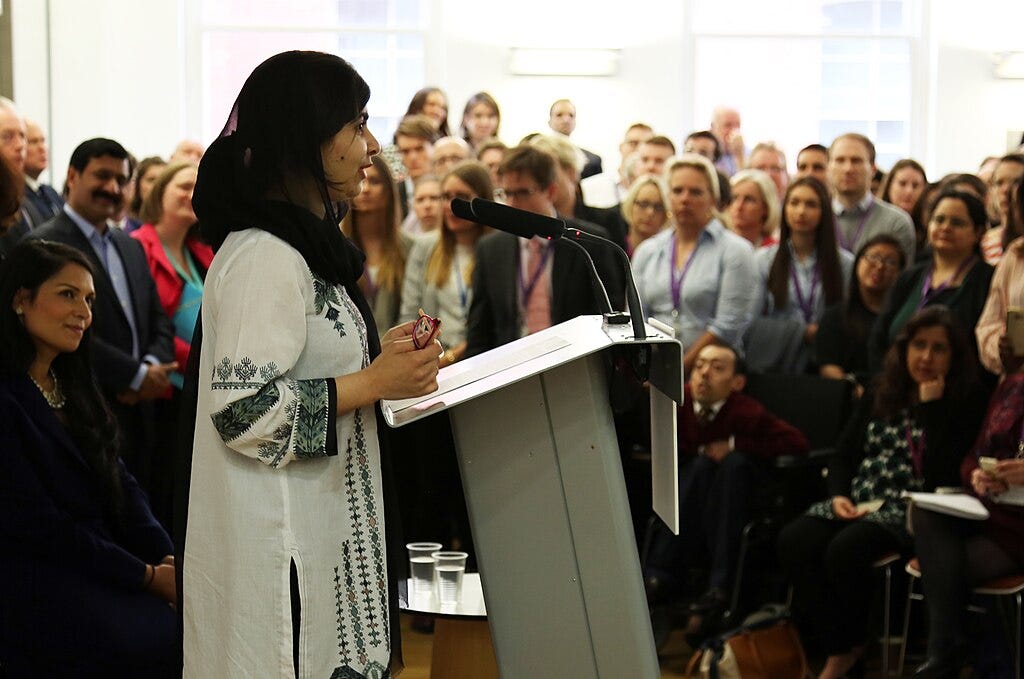The importance of educating girls from the Malala Fund
This article was made in collaboration with Malala Fund and was first published on March 8. 2022
The globe is facing a girls’ education crisis.
Nearly 130 million girls have been out of school since the beginning of the pandemic and 20 million more are at risk of dropping out, according to research from Malala Fund, a non-profit organization working to break down the barriers keeping girls from accessing 12 years of free, safe, and quality education.
The reasons behind this disparity, however, are complicated as it consists of a cycle of oppressive barriers to girls’ education. This cycle, which ranges from gender-based discrimination in communities to the added impact of COVID-19 on already impoverished areas, works in unison to increase barriers to school, poverty rates, and social norms that exacerbate the emergency.
The effects of climate change, for example, such as floods, hurricanes, and droughts, have amplified girls’ exposure to zoonotic diseases and destroyed vital infrastructures in their regions. Malala Fund found that by 2025 at least 12.5 million girls will not be able to complete their education because of climate change each year.
Political conflicts, such as war and violence, also play a significant role in preventing girls from continuing their education. In fact, women and girls who live in a conflict zone are 90% more likely to be out of secondary school than those who live without violence. The world has seen the by-product of this firsthand in Afghanistan, where the Taliban’s newly gained power has reduced opportunities for girls’ education. Just this past December, for instance, the Taliban banned Afghan women from attending college.
This violence, gender discrimination, and the effects of climate change are then added to one of the biggest problems plaguing girls' education - lack of financial investment. Malala Fund’s research found that the annual cost of educating all children in low and lower-middle-income countries is $3 trillion. However, two-thirds of these countries have cut their already thin education budget, making it harder for girls to receive a quality education. As a result, almost a billion girls are currently missing out on vital skills needed to secure a future job, further preventing women from entering the workforce and perpetuating gender disparities in the labor market.
The consequence of this global crisis is dire as it affects the entire world, not just some regions. It creates a generation of women who could be doctors, lawyers, and engineers but is deprived of their basic human rights of education. It’s a problem that, if further solved, can dramatically change the future of the world as millions of girls will help themselves, their families, and communities progress into a better future.



